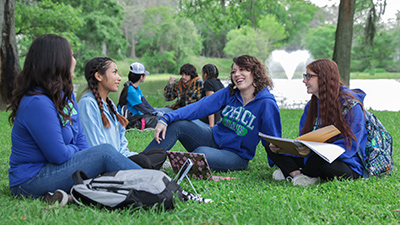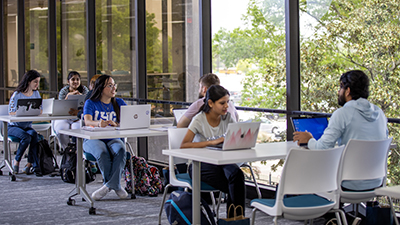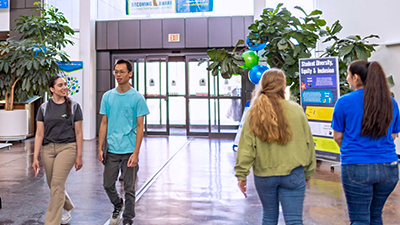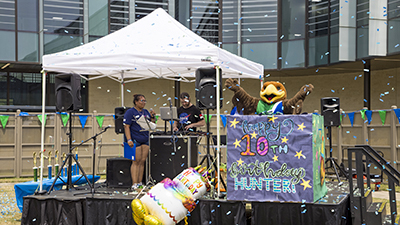
Riffles & Reeds Newsletter - May 2024 - Alumni Highlight
By Sherah McDaniel, Research Associate
Justin Hansen started as a graduate student with EIH in 2018 focusing on the spatial, temporal and habitat characteristics of ingressing juvenile American Eel in Texas. The ingression phenomenon was not detected during the year-long sampling (meaning he didn’t catch a single American eel). However, he was able to apply some of the same research questions to juvenile speckled worm eel that were caught consistently throughout the study.
Shortly after graduating, Justin continued working with EIH as a field crew lead for the EPA’s National Coastal Condition Assessment, sampling sites across Texas and Louisiana. After moving back to Oregon, Justin secured a job with the Oregon Department of Fish and Wildlife’s Shellfish and Estuarine Assessment of Coastal Oregon (SEACOR). He worked as a shellfish biologist for two years, conducting fisheries independent subtidal and intertidal surveys in Oregon’s estuaries to characterize habitat and quantify shellfish abundance and distributions. This work informs resource maps for public and scientific use as well as helps develop commercial clam harvest quotas. His current role as assistant project leader with Oregon’s Ocean Recreational Fishery Survey (ORFS) is to coordinate and manage a project that collects biological, catch/release, and age data on recreationally important groundfish species (rockfish, lingcod, cabezon, etc.). These data inform stock assessment models used to develop management plans for Oregon and the Eastern Pacific groundfish stocks.

Justin Hansen, '20 MS
After much consideration, Justin has decided to pursue a Ph.D. with Oregon State University, collaborating with NOAA’s Alaska Climate Integrated Modeling (ACLIM) Gulf of Alaska Climate Integrated Modeling (GOACLIM) Projects, beginning next fall. His work will focus on evaluating the effects of different climate and fishing scenarios on marine ecosystems in the Gulf of Alaska and the Bering Sea using size-spectrum food web models.
I asked Justin to tell me how his experience at EIH helped prepare him for his career and what advice he would give people wanting to pursue a career in fisheries science. This is what he had to say:
"The Environmental Institute of Houston provided excellent research experience across
several projects that were separate from my own research. This is drastically different
compared to more traditional graduate programs where you solely focus on your own
research project. Gaining a wide breadth of experience helped strengthen my CV and
made me a much more competitive candidate for future positions. There was also a high
level of autonomy with my thesis work that strengthened my leadership skills, developed
project management/coordination, and in many instances served as valuable lessons
from aspects of the project that didn’t go as planned.
The advice that I would give to somebody wanting to pursue a career in fisheries would
be to find something that will keep you interested in the work and will give you a
competitive advantage against your cohorts when pursuing future jobs. For me, it was
statistics and my experience using the statistical software R. My career path wouldn't
be the same without the essential use of R and statistics.
The harsh reality in the current fisheries/biology/conservation career landscape is
you will likely need a graduate degree to be competitive for most permanent, full-time
positions. I would encourage some real-world experience between degrees to get a feel
for what type of work interests you (or doesn’t) and having professional experience
when approaching graduate programs, especially Ph.D.s, can make you a much more appealing
candidate."






